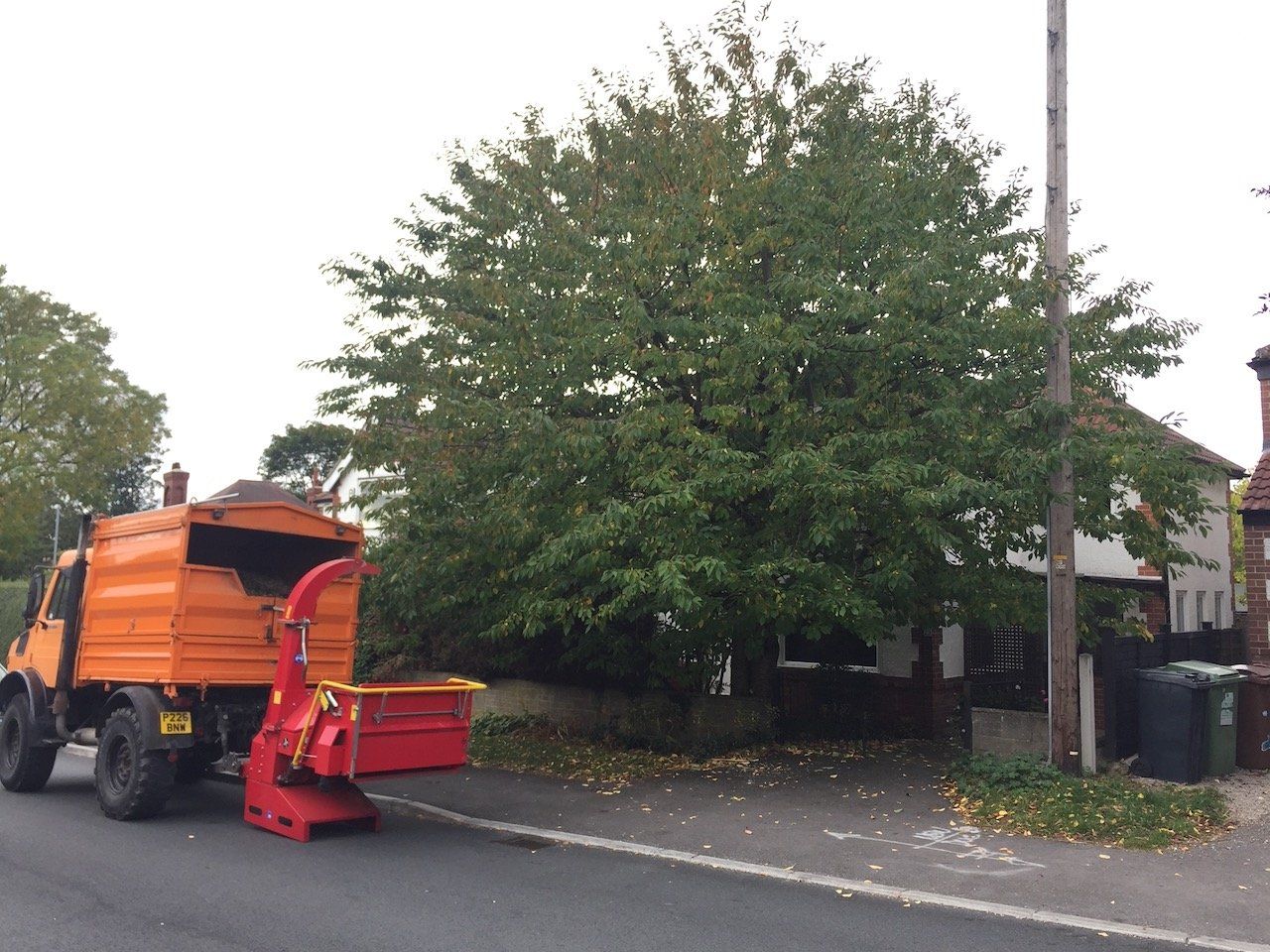Tree Pruning
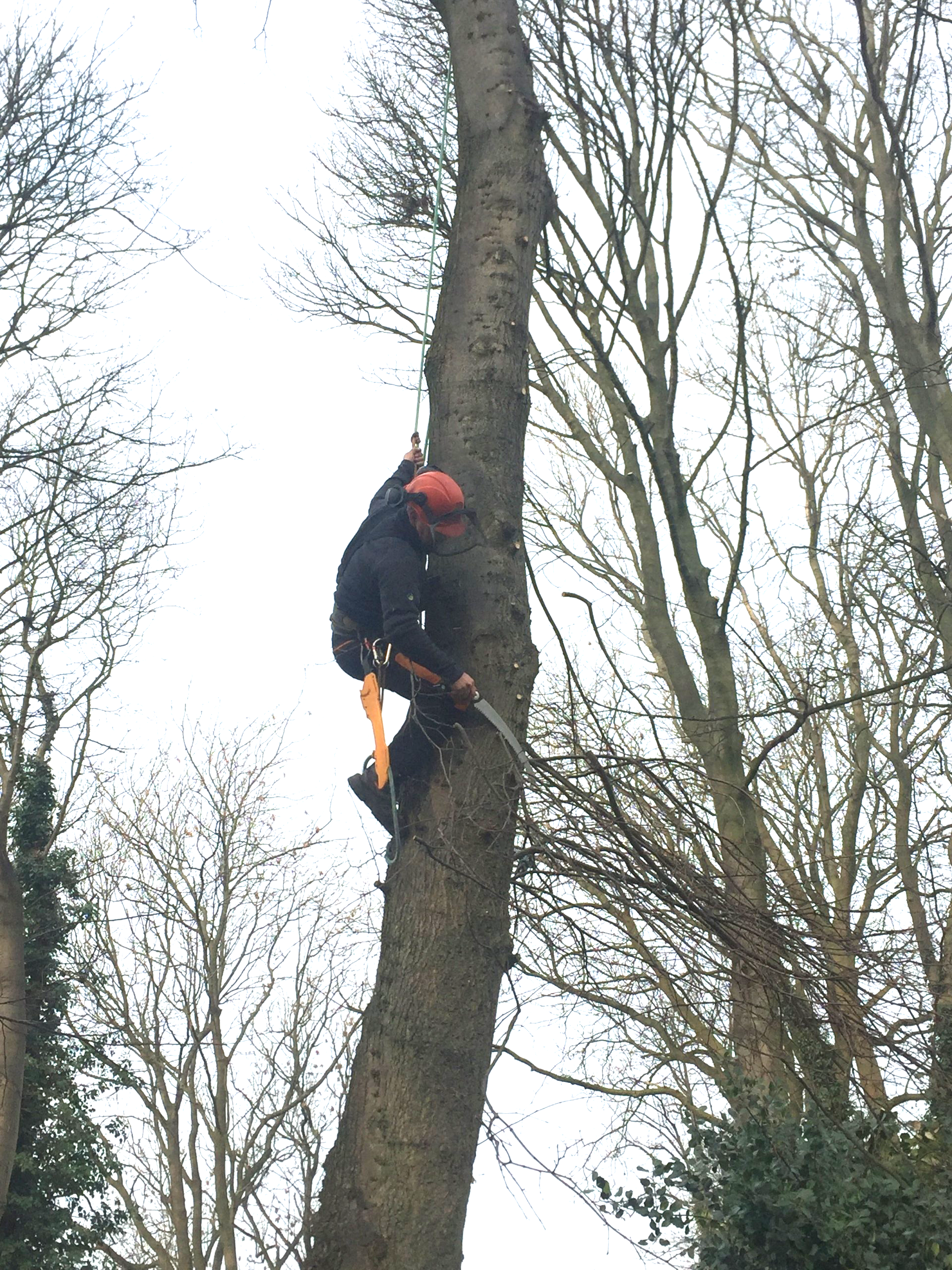
Tree Pruning
Here at Michael Wood (Morley) we are happy to advise our customers on what pruning would be most benificial to a tree, or what needs doing to achive the results you would like.
Pruning may be undertaken with hand tools or power tools. branches\limbs may need to be removed in sections to take account of adjacent hazards. Arisings may be allowed to fall to the ground or they may need to be guided to the ground by hand or lowering equipment.
No tree should be pruned without first establishing a clearly defined pruning objective, which may include the following:
•Improve crown structure and form
•Reduce risk of failure
•Maintain health
•Prolong useful life expectancy
•Removal of dead, dying or diseased wood
•Influence flowering or fruiting production
•Provide clearance
•Reduce wind resistance
•Allow more light to enter house or garden
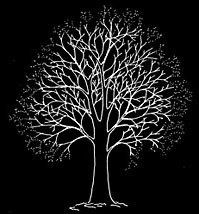
Crown Reduction
To reduce the overall size of a tree's crown, while maintaining the natural balance and shape – ensuring that it still looks like a tree. It may be that you would like to keep your tree but you need more light in your garden, or you feel uncomfortable with the tree's size given its proximity to your property. Sometimes a tree with decay or cavity may be spared removal by reducing its crown, and thus greatly reducing its susceptibility to structural failure in high winds.
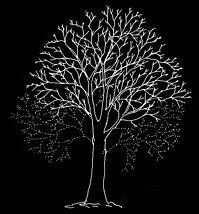
Crown Raise
Crown lifting is carried out to increase the clearance between the ground level and the lower branches either to allow access below the tree, to clear sight lines, improve views or allow light to penetrate to the ground.

Crown Thin
This is done to allow more light through to the crown without altering the overall shape and size of the tree. Crossing or rubbing branches are removed together with diseased wood. The tree is then pruned to reduce the crown density whilst retaining a natural shape.
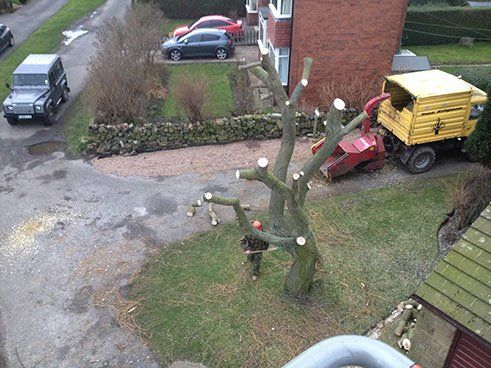
Pollarding in Leeds
Tree pollarding is a method of management where the main leading stem of a tree is removed to encourage regrowth. The regrowth that then occurs can be regularly removed (re-pollarding) back to the same point (the pollard head). Depending on species a tree managed in this way can prosper for many years.
In the picture is a Willow tree in Wakefield that has been pollarded for the first time.


